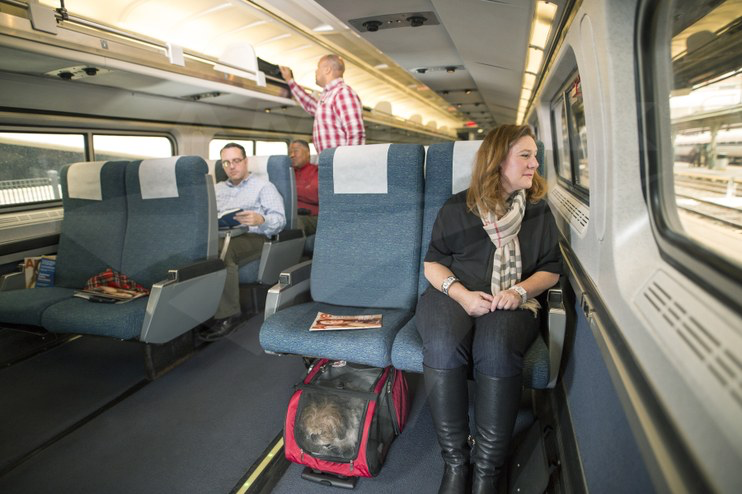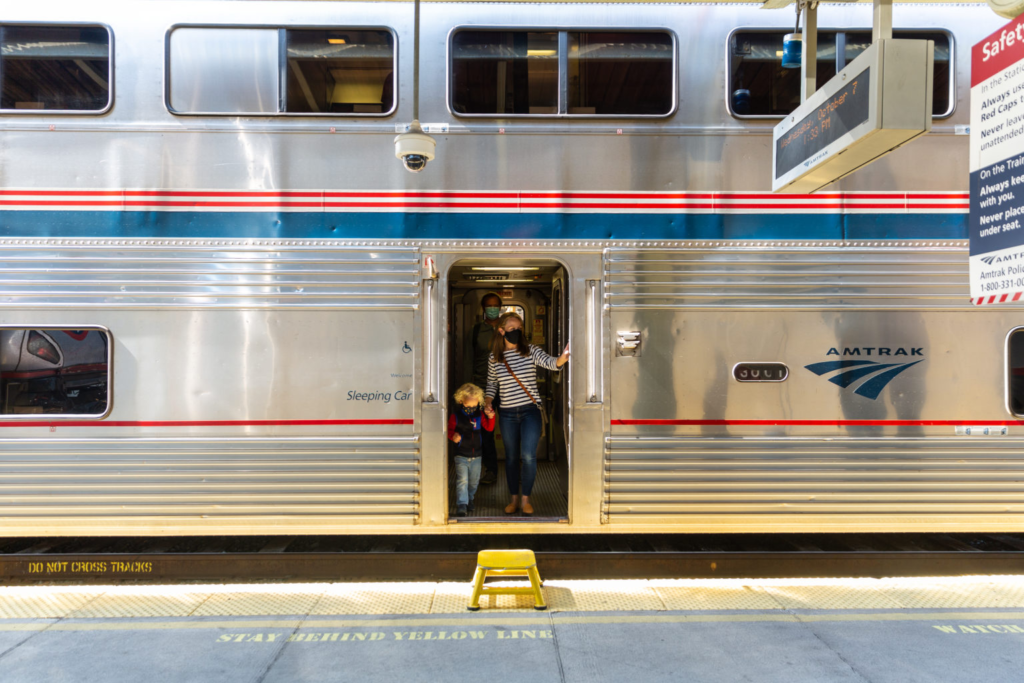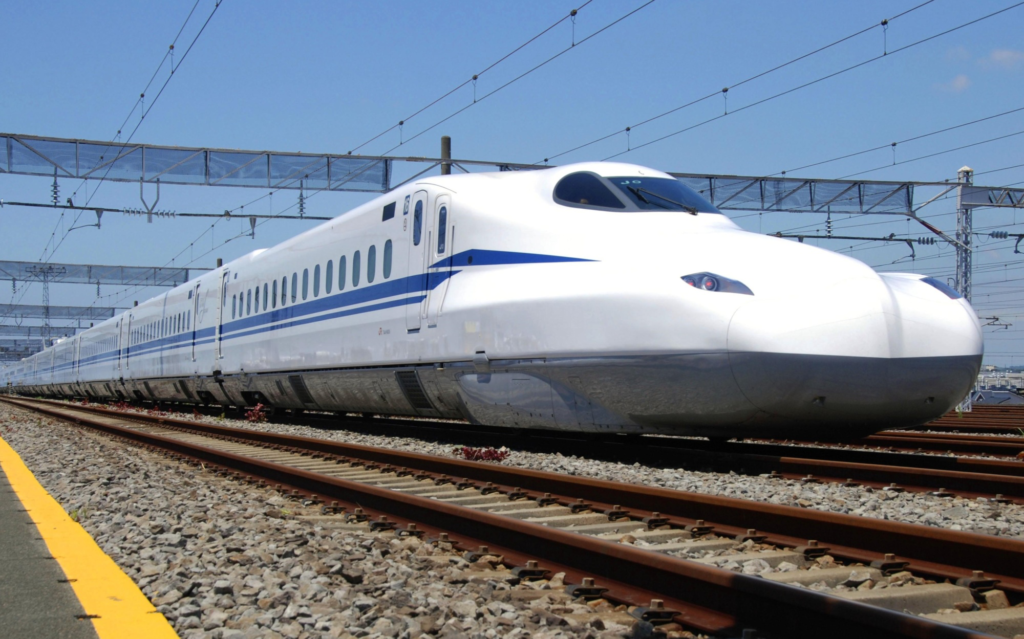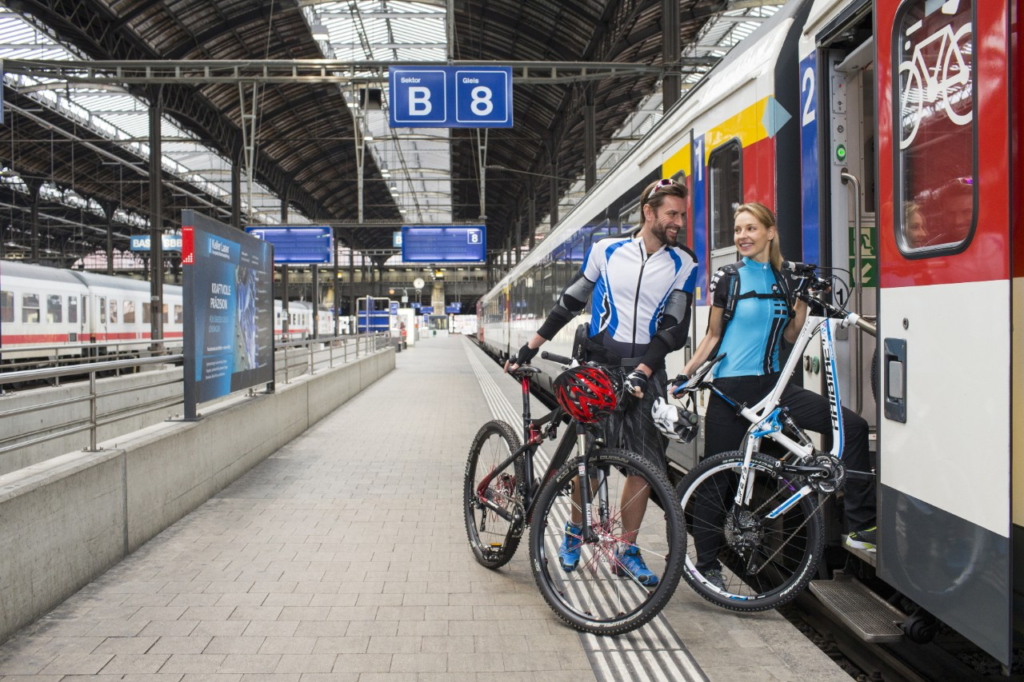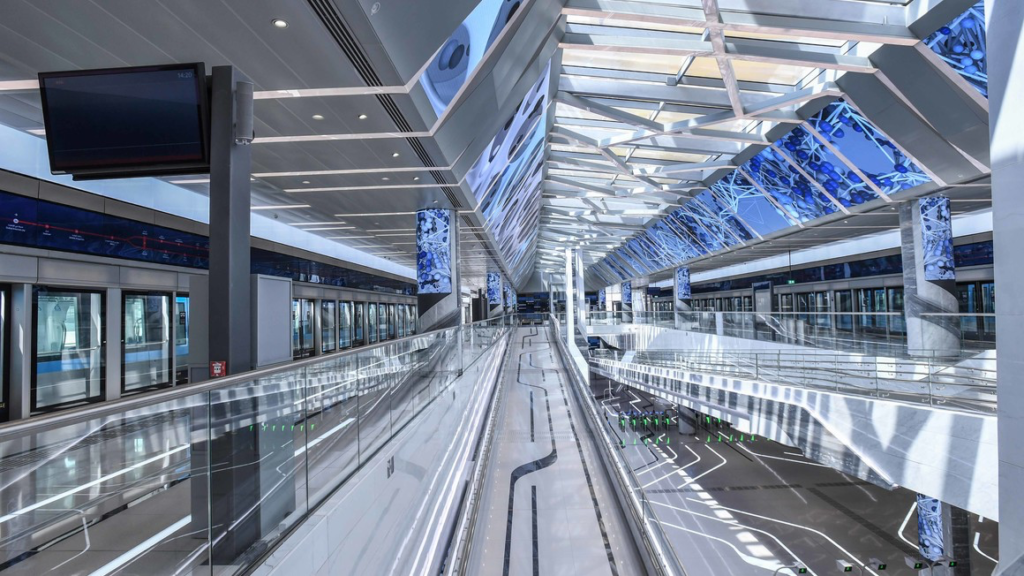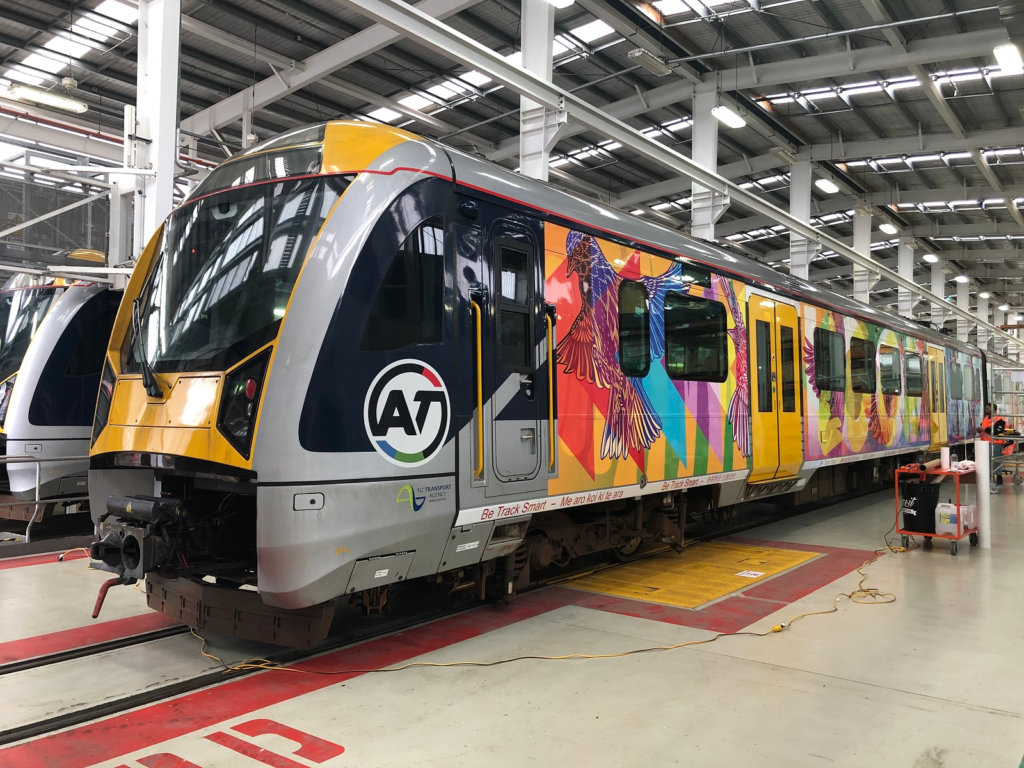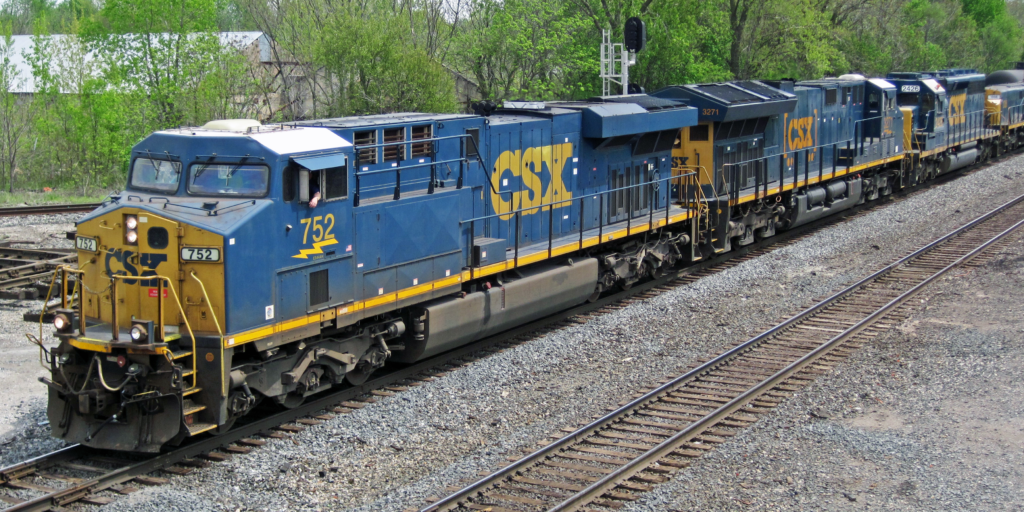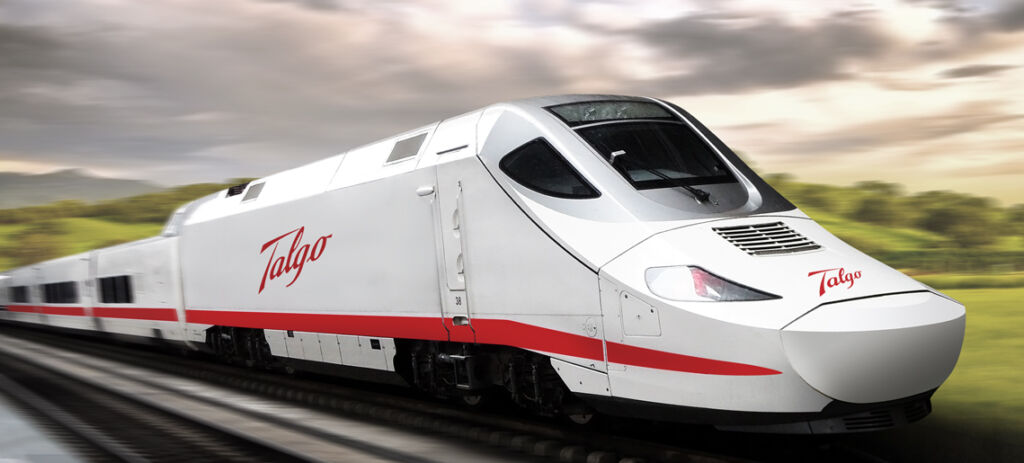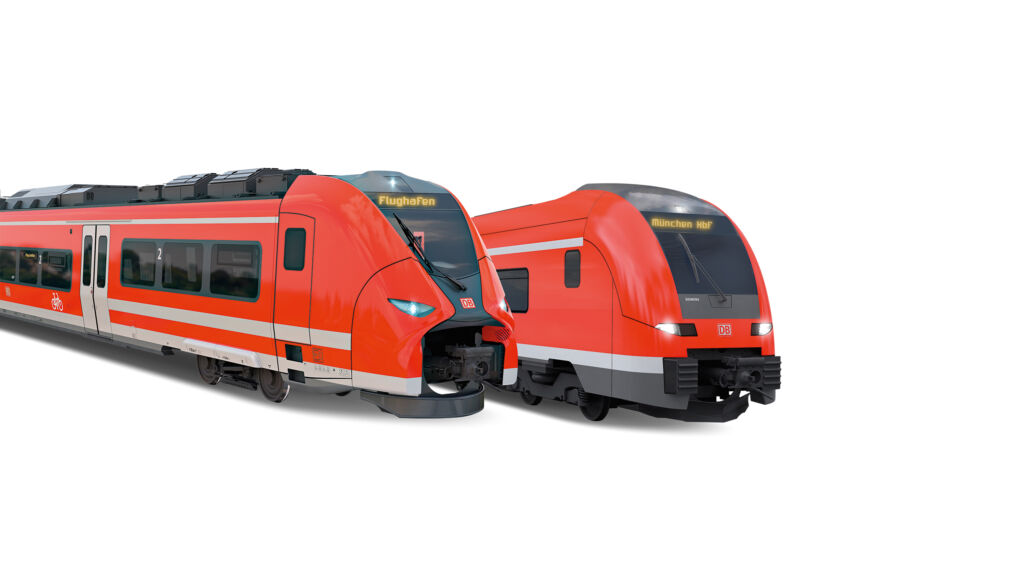Amtrak Expands Carry-On Pet Program to Weekday Acela Trains
WASHINGTON – Amtrak announced today the expansion of its pet program allowing customers to travel with their dogs and cats up to 20 pounds onboard weekday Acela trains for only $26 or 800 Amtrak Guest Rewards points. Previously available for only…
